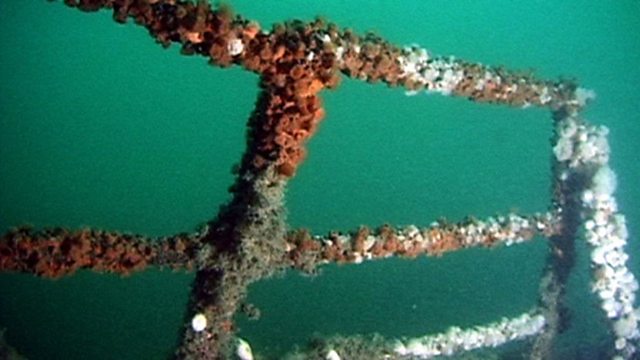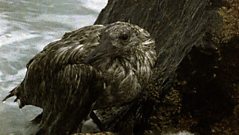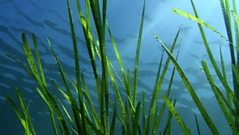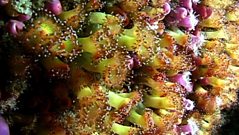
Wreck reefs
Within months, wrecked ships are colonised and turned into artificial reefs.
The βCitaβ is the most recent ship to be wrecked on the shores around the Isles of Scilly. Down through the centuries hundreds of vessels have met a similar fate. For the wildlife and people of the islands, it was fortunate this latest loss was not a tanker laden with oil. Lying less than 30 metres deep, she is now just a new reef waiting to be exploited by marine life, and explored by the first of the seasonβs divers. Here in early spring the seas teem with infant animals and tiny plants drifting in the plankton. Any vacant space is quickly colonised. Less than three months underwater and the first of the animal pioneers have arrived. Starfish are among the first wild visitors. But the hard cases of keel worms are the first to grow and will provide a foothold for others to gain a grip. Wherever sunlight can reach, seaweeds will grow. Nothing in nature lasts forever, and sunken ships don't last long in these waters. Scattered around the islands a history of shipping now lies rotting on the sea bed. The relentless movement of tide and storm begin the breakup and saltwater corrosion will soon consume the thin iron plates of the hull. Only the skeletons remain of other wrecks. In open water any wooden parts soon disappear. Eventually, over half a century, heavy cast metals and-stainless steel is all that remains - encased in a living sheath of plumose anemones. Amazingly, after nearly three hundred years, an anchor still marks the sad remnants of a once proud naval fleet.
Duration:
This clip is from
Featured in...
![]()
ΒιΆΉΤΌΕΔ Nature
Be captivated, informed and inspired by the world's wildlife.
More clips from The Lost Lands of Scilly
-
![]()
Shrew caravan
Duration: 01:41
-
![]()
Gull versus gull
Duration: 02:07
-
![]()
Undersea savannah
Duration: 01:39
-
![]()
Living treasure
Duration: 03:16
More clips from Natural World
-
![]()
Robo Hare Vs Golden Eagle—2019-2020, Super Powered Eagles
Duration: 02:41
-
![]()
Super Powered Eagles—2019-2020, Super Powered Eagles
Duration: 01:15
-
![]()
Meet Tilly the golden eagle—2019-2020, Super Powered Eagles
Duration: 02:01










